In today’s unpredictable world, it’s more important than ever to be prepared for unforeseen emergencies. From natural disasters to medical emergencies, having a well-stocked home emergency kit can make all the difference when disaster strikes. Here’s a guide on how to build your own home emergency kit to ensure you and your family are ready for any situation.
Building a home emergency kit is an essential step in ensuring the safety and well-being of you and your family during times of crisis. Whether you’re facing a natural disaster, power outage, or medical emergency, having a well-equipped emergency kit can mean the difference between feeling vulnerable and being prepared. Take the time to gather your supplies, organize them in a convenient container, and store them in a designated location in your home.
Your future self will thank you for the peace of mind that comes from being prepared for the unexpected. Earthquakes, hurricanes and tornadoes can hit without a moment’s notice. Stay safe, stay prepared, and rest assured knowing that you have taken steps to protect yourself and your loved ones in times of need.
Choosing the Right Container
First and foremost, you’ll need a sturdy container to store your emergency supplies. A waterproof, durable container such as a plastic bin or backpack is ideal for keeping your supplies safe and easily accessible. Make sure your container is easily transportable in case you need to evacuate your home quickly. While a safe might seem like a good choice too, you want to make sure that your emergency supplies are easily accessible when disaster strikes, so you might want to choose a container that doesn’t require heavy locks.
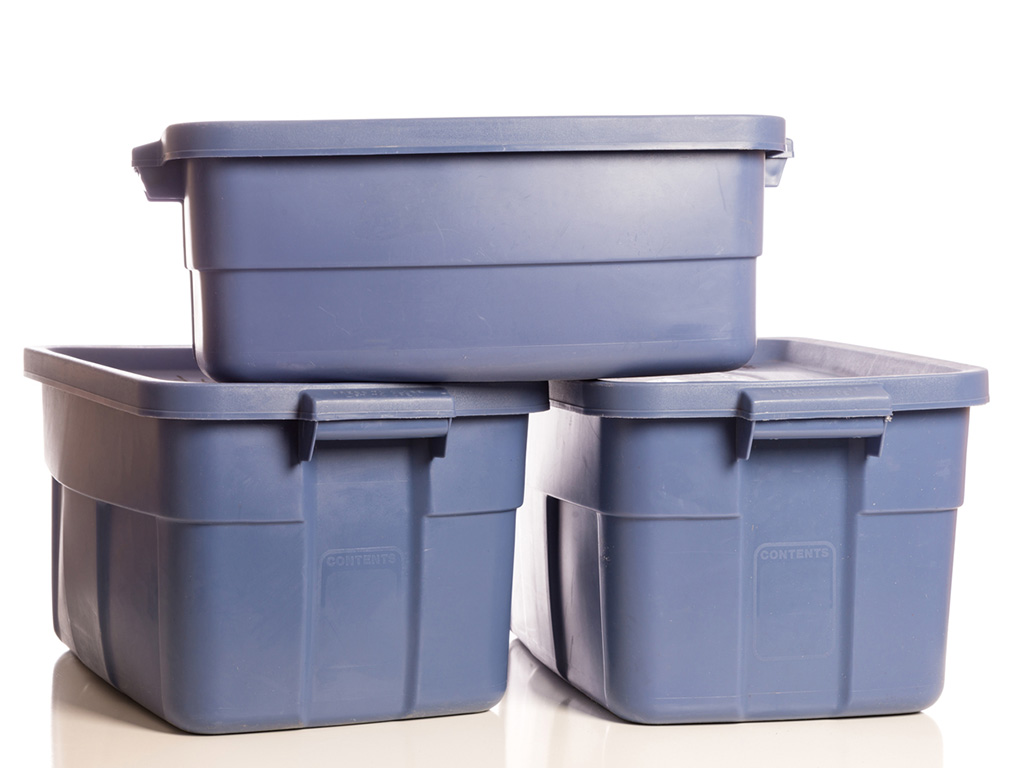
A plastic bin or backpack made from sturdy materials is a good choice for storing your emergency supplies. Ensure that the container is large enough to hold all of your essential items, yet still compact and easily transportable. Additionally, consider a container with compartments or pockets to help keep your supplies organized and easily accessible when needed. Finally, label your container clearly with “Emergency Kit” to help you quickly identify it in times of crisis. By choosing the right container for your home emergency kit, you can ensure that your supplies are safe, secure, and ready for use when needed most.
Food Supplies and Shelf-Life
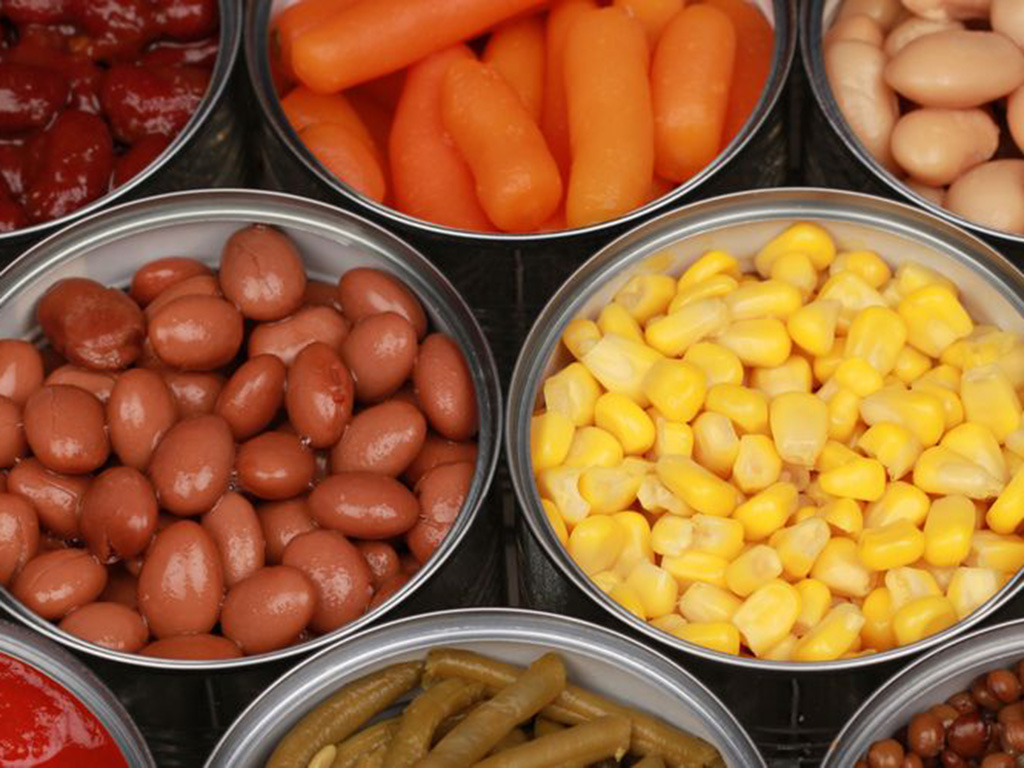
Next, stock up on essential supplies that will sustain you and your family for at least three days. When it comes to stocking up on food supplies for your home emergency kit, it’s important to choose non-perishable items with a long shelf life to ensure they remain safe and edible when you need them most. Also pack enough water for each person to have at least one gallon per day, and consider including water purification tablets or a filter in case your water supply is compromised.
Canned goods such as vegetables and soups, and proteins like canned tuna or beans are great options as they have a long shelf life and do not require refrigeration. Additionally, granola bars, dried fruits, nuts, and crackers are good choices for quick and easy snack options. Freeze-dried food is also a good option because of its long shelf-life. Freeze-dried food can also be reconstituted unlike dehydrated food, which makes it a great, lightweight option for your kit.
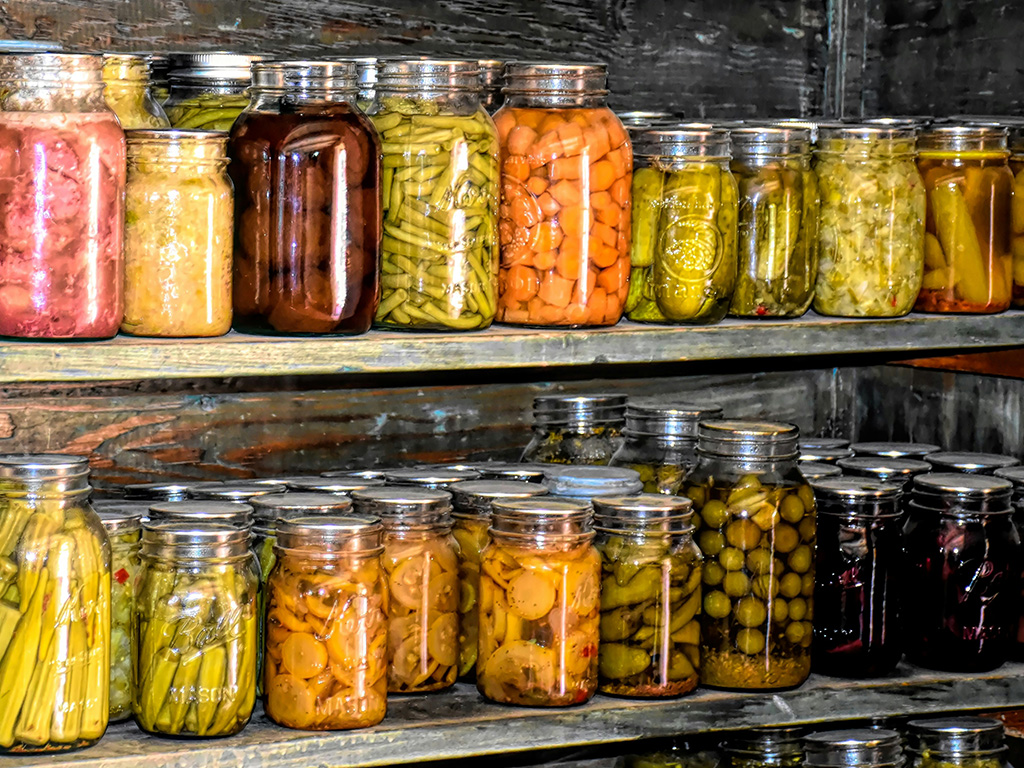
Make sure to regularly check and rotate your food supplies to ensure they are within their expiration dates and replace any items that have expired. Consider including a manual can opener in your emergency kit to ensure you can access your canned goods without electricity. By choosing a variety of non-perishable food items with extended shelf lives, you can rest assured knowing that your emergency food supplies will be safe and nourishing during times of crisis.
How Much Water Should You Store?
When it comes to building a home emergency kit, one of the most crucial components to consider is the amount of water you should have available. The general rule of thumb is to have at least one gallon of water per person per day for a minimum of three days. This includes water for drinking, cooking, and personal hygiene.
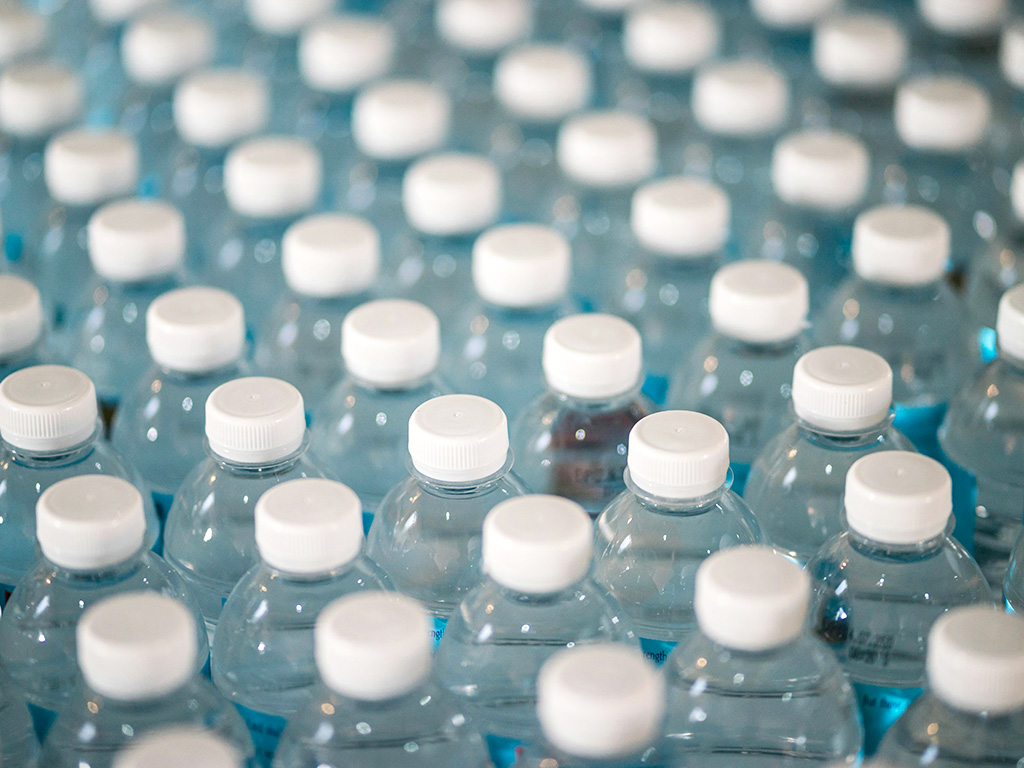
However, it’s important to take into account factors such as age, health, physical activity level, and climate when determining your water needs. If you live in a hot, dry climate, you may need to have more water available than people who live in areas that see frequent rain or snow. In addition to storing water for personal consumption, consider including water purification tablets or a filter in your emergency kit in case your water supply becomes contaminated. Just having a Brita filter in your kit can bring your family some peace of mind that clean water will be accessible if anything catastrophic should happen.
First-Aid Supplies
In addition to food and water, it’s important to include a first aid kit in your emergency supplies. It’s crucial to include a well-stocked first aid kit to address any medical emergencies that may arise.
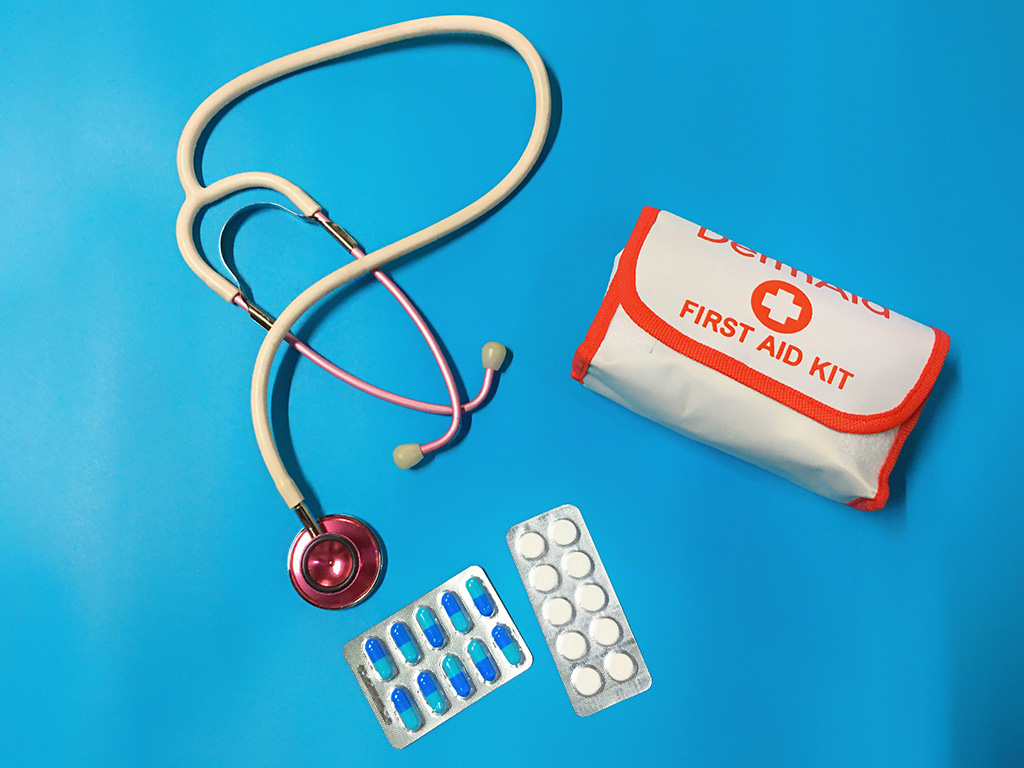
Your first aid kit should contain a variety of essential supplies, including bandages of different sizes, gauze pads, adhesive tape, antiseptic wipes, ointment for cuts and burns, scissors, tweezers, and any necessary medications for members of your household. Make sure to periodically check the expiration dates of all items in your first aid kit and replace any expired items as needed.
Consider including items such as a CPR mask, instant cold packs, disposable gloves, and a basic first aid manual to help you administer aid effectively in an emergency situation. By ensuring your first aid kit is well-equipped and up-to-date, you can be better prepared to handle medical emergencies and provide essential care to your loved ones when professional help may not be readily available.
Clothing and Blankets
It’s also important to include clothing and blankets to ensure you and your family stay warm, comfortable, and protected during unexpected situations. After a fire or flood, you might be surprised to find that you don’t have any accessible dry clothes. Pack extra clothing such as sturdy shoes, warm layers, socks, and underwear for each member of your household. Consider the climate and season when selecting clothing items and prioritize practicality and durability.
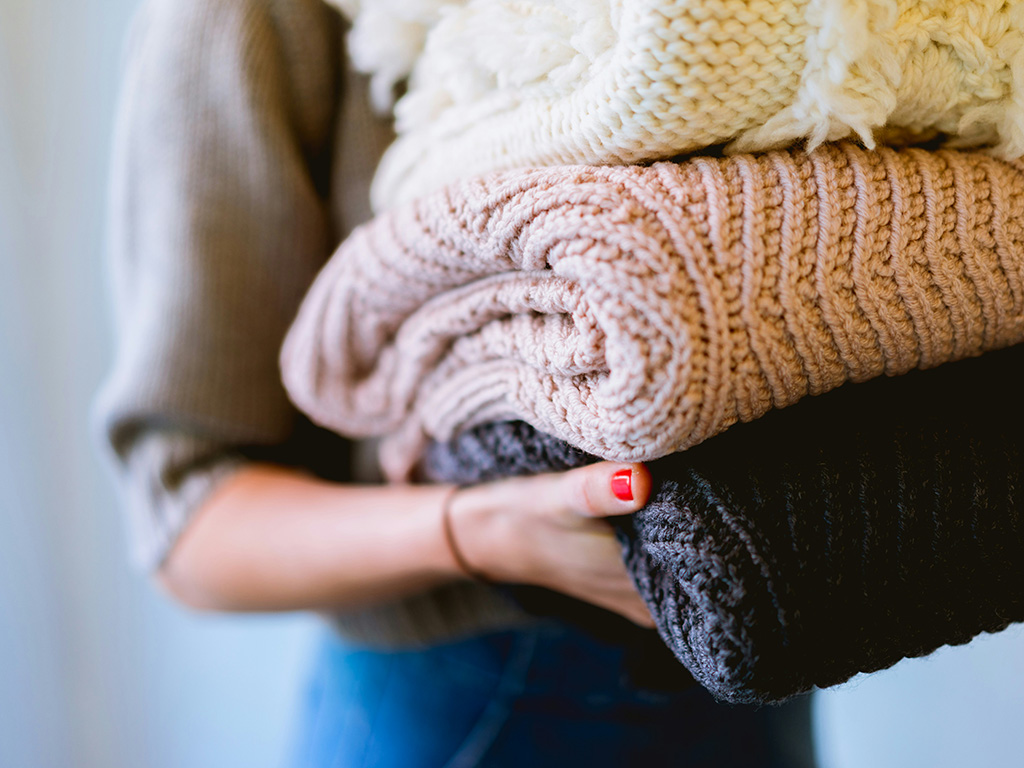
Additionally, include blankets or sleeping bags to provide warmth and comfort in case you need to evacuate your home or if heating is unavailable. Emergency blankets, which are compact and lightweight, are also a good option to include in your kit as they can provide insulation and retain body heat.
How to Store Important Documents
When it comes to building a comprehensive home emergency kit, it is essential to include a plan for storing important documents to protect them from damage or loss during a crisis. Consider gathering important documents such as identification, insurance information, medical records, passports, and copies of prescriptions, and placing them in a waterproof container or bag.
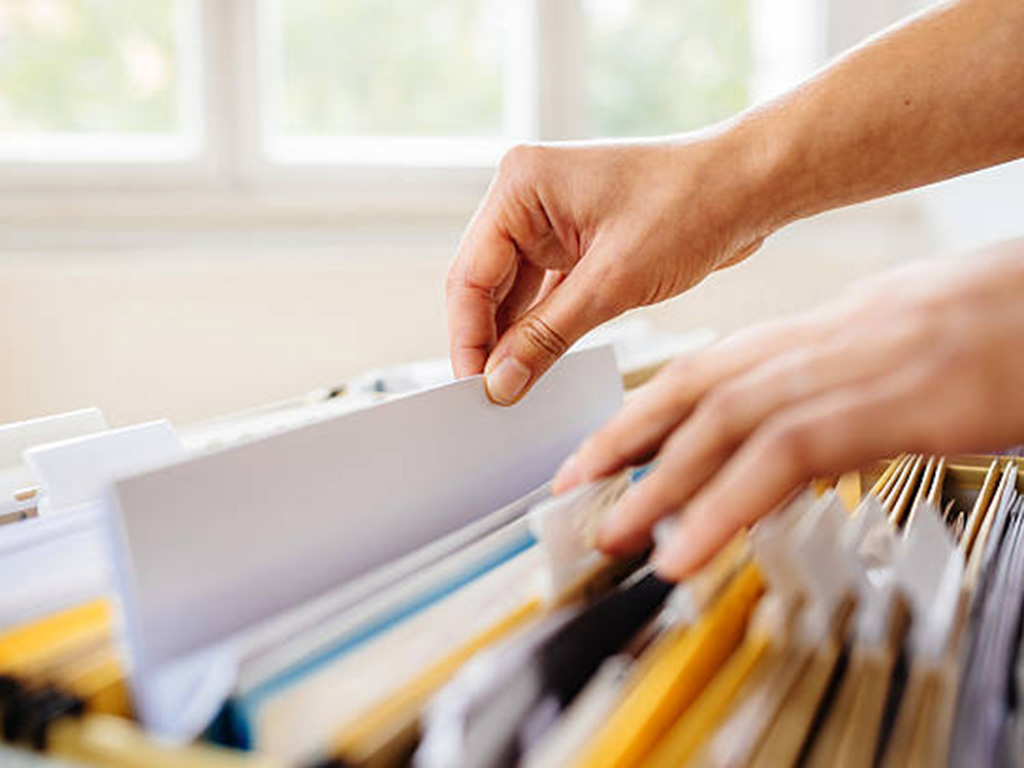
Utilize a fireproof safe or a secure lockbox to store these documents in a designated location in your home that is easily accessible in case of an emergency evacuation. Additionally, consider making digital copies of your important documents and storing them on a secure USB drive or in the cloud for easy access. Regularly update and review your stored documents to ensure they are current and accurate.
Other Emergency Supplies
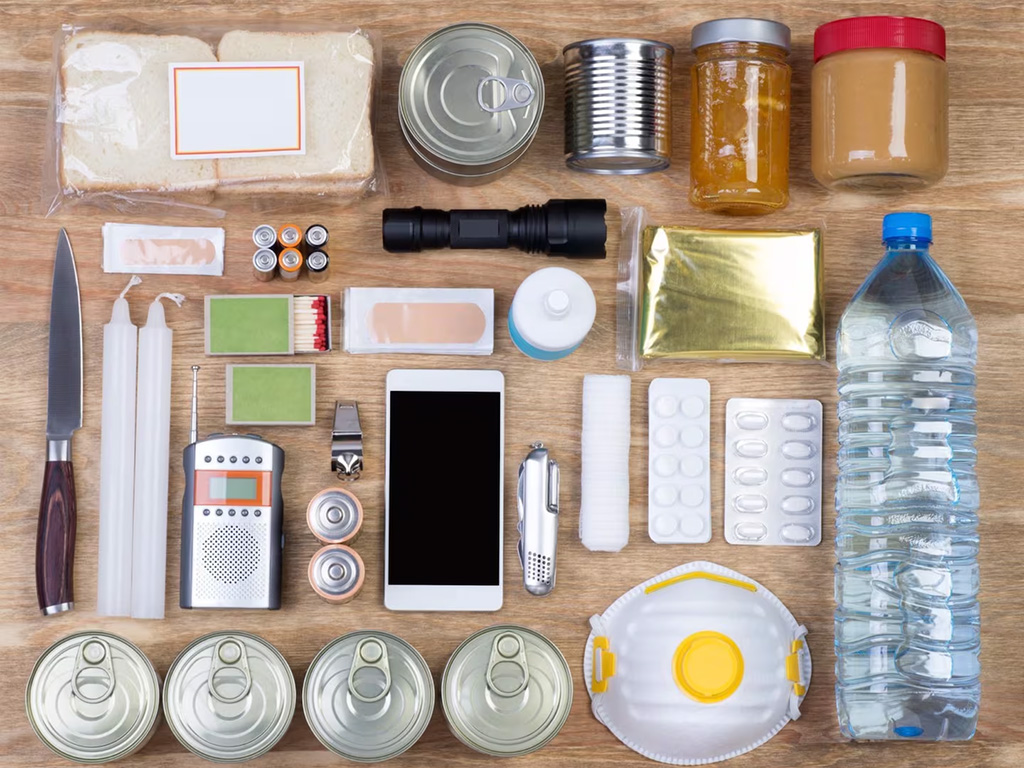
Another important component of your home emergency kit is a battery-powered or hand crank radio. In the event of a power outage, a reliable source of communication can be crucial for staying informed about the situation and receiving updates from local authorities. Also, pack extra batteries or a portable charger for your electronic devices. Also consider including a flashlight, work gloves, and a multi-tool in your kit for any necessary repairs or tasks that may arise during an emergency.
Building a home emergency kit may seem like a daunting task, but taking the time to prepare now can provide invaluable peace of mind and protection in the face of unexpected emergencies. By following these steps and regularly maintaining your emergency supplies, you’ll be better equipped to handle any situation that comes your way.